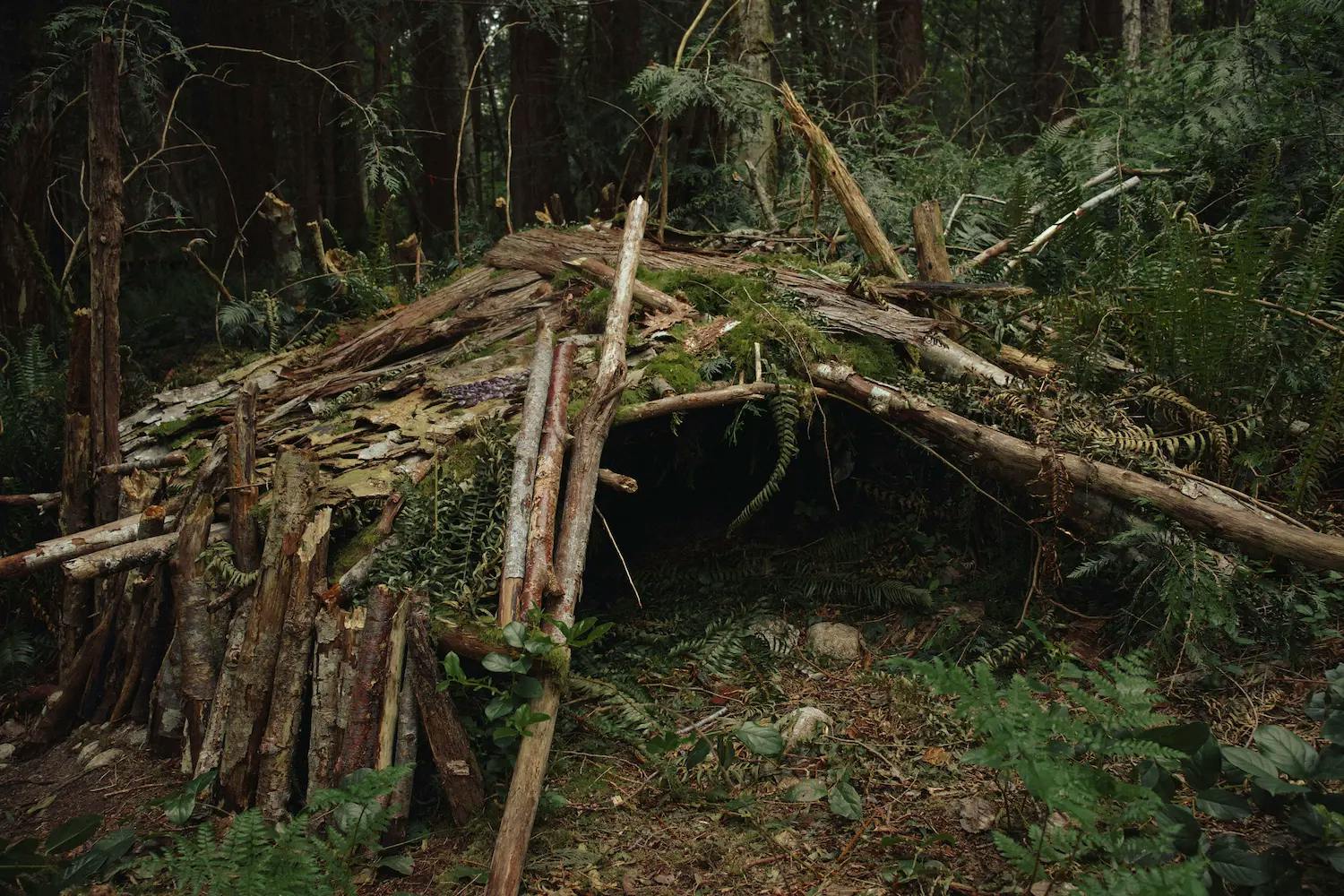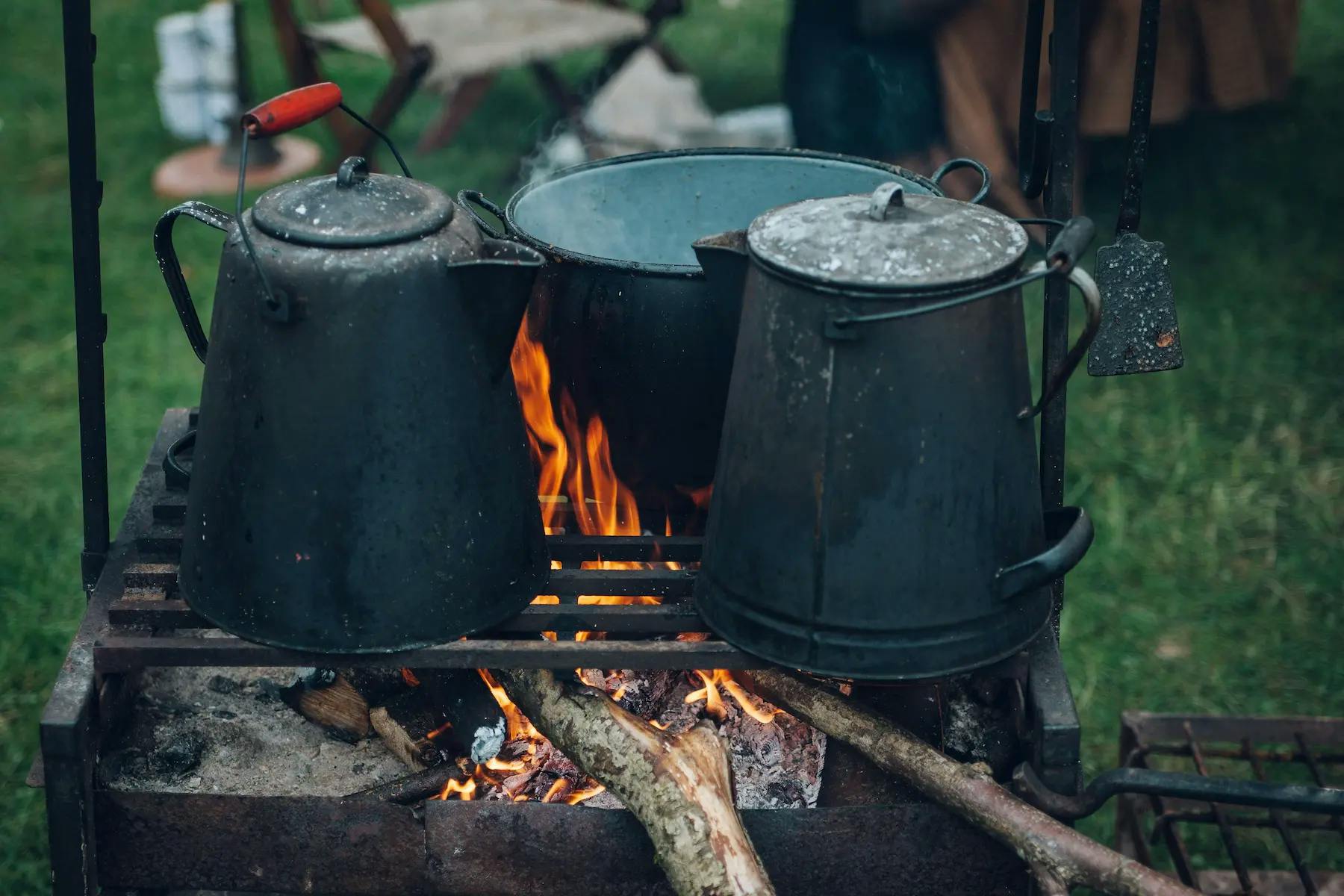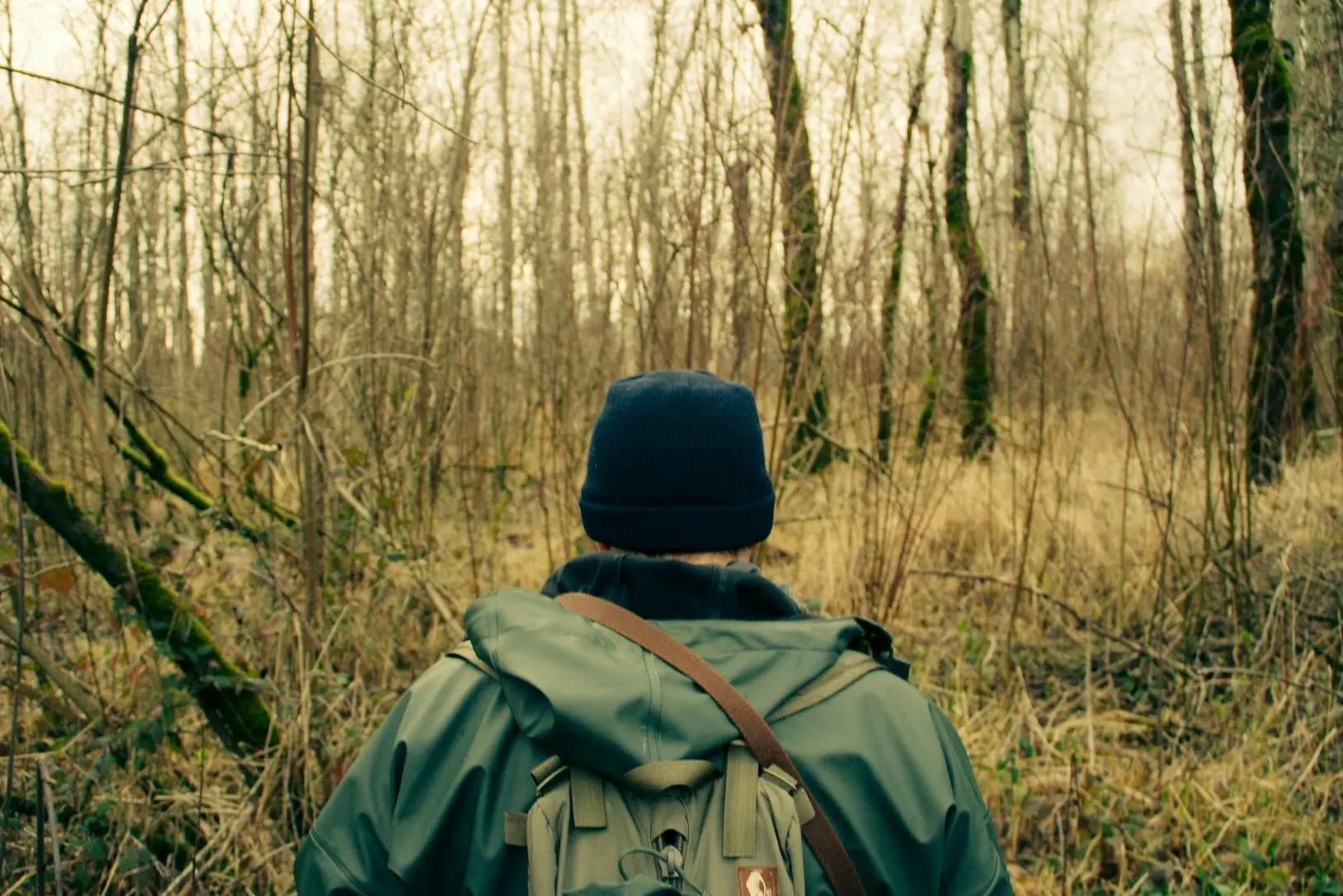Choosing the Best Supplies for Your DIY Medical Bag
- Published on
When it comes to survival, preparedness is key. Whether you’re an avid camper, a dedicated prepper, or simply someone who enjoys being ready for anything, having a well-packed DIY medical bag is essential. In any emergency situation, having the right medical supplies can make all the difference. From minor cuts and bruises to more serious injuries, being equipped with the necessary tools and supplies can potentially save lives. In this guide, we’ll discuss the essential items that should be included in a well-rounded DIY medical bag for survival, camping, or emergencies.
Understanding Your Needs:
Before diving into the specific items to include in your DIY medical bag, it’s important to understand your individual needs. Consider the environment and potential risks you may encounter. For campers, common issues include minor injuries like blisters, cuts, and insect bites, while preppers may focus on more severe injuries and medical emergencies. Knowing who you are preparing for and the potential scenarios you may face will guide your choices in assembling your medical bag.
Essential Supplies for Your DIY Medical Bag:
-
Sterile Dressings and Bandages:
- Sterile dressings are vital for covering wounds and preventing infection. Include a variety of sizes to accommodate different injuries.
- Adhesive bandages should also be a staple in your medical bag for smaller cuts and scrapes.
- Link: For more information on the importance of sterile dressings, visit WebMD.
-
Antiseptic Wipes and Ointments:
- Keeping wounds clean is crucial for preventing infections. Antiseptic wipes and ointments help disinfect and protect minor injuries.
- Include alcohol wipes, hydrogen peroxide, or antiseptic solutions to thoroughly clean wounds before dressing them.
-
Medical Tape and Scissors:
- Medical tape is essential for securing dressings and bandages in place. Opt for hypoallergenic tape that won’t irritate the skin.
- Sharp, durable scissors are necessary for cutting tape, bandages, and clothing to assess and treat injuries.
-
Pain Relievers and Medications:
- Include a variety of pain relievers such as acetaminophen, ibuprofen, and aspirin to address different types of pain.
- Essential medications for individuals with specific medical conditions should be included in your kit.
-
Thermometer and Instant Cold Packs:
- A thermometer is crucial for monitoring body temperature, which can indicate illness or infection.
- Instant cold packs provide quick relief for strains, sprains, and minor burns.
-
Tweezers and Splinter Removers:
- Tweezers are essential for removing splinters, ticks, and other small foreign objects from the skin.
- A splinter remover with a fine-point needle can assist in extracting stubborn splinters.
-
CPR Mask and Nitrile Gloves:
- In emergency situations, a CPR mask can protect both the rescuer and the victim.
- Nitrile gloves are essential for maintaining hygiene and preventing the spread of infection during medical procedures.
-
First Aid Manual and Personal Information:
- A comprehensive first aid manual can provide guidance on treating various injuries and medical emergencies.
- Include essential personal information such as allergies, medical conditions, and emergency contacts in your medical bag.
Special Considerations for Preppers:
For preppers, the medical bag should also include supplies catering to more serious injuries and emergencies. Consider adding the following items to your kit:
-
Trauma Dressings and Tourniquets:
- Trauma dressings are designed to quickly stop severe bleeding in emergency situations.
- Tourniquets can be crucial for stemming severe arterial bleeding and should be used with proper training and caution.
-
Sutures and Skin Closure Strips:
- Sutures and skin closure strips are vital for closing deep wounds in emergency situations when medical help is not immediately available.
- Proper training and knowledge are essential for using these supplies effectively.
-
Quick Clot and Hemostatic Dressings:
- Quick clot and hemostatic dressings promote blood clotting and are designed for severe, life-threatening bleeding.
- These items should be used with caution and an understanding of their application.
Organizing Your Medical Bag:
In addition to selecting the necessary supplies, organizing your medical bag is equally important. Use clear, resealable pouches or compartments to categorize and separate items for easy access. Labeling each section can help you quickly identify and retrieve the required supplies during an emergency.
Consider creating multiple smaller kits within your medical bag, such as a compact mini-kit for day hikes or a separate trauma kit for more serious scenarios. This modular approach allows you to grab the specific kit you need for a given situation without rummaging through the entire contents of your medical bag.
Regular Maintenance and Restocking:
A well-curated DIY medical bag is not a one-time endeavor. Regularly inspect and restock your supplies to ensure that nothing is expired, damaged, or missing. Set a schedule to check your medical bag at least every six months, replacing any used or expired items and adjusting the contents based on the changing needs of your activities and environment.
A Final Look:
A well-prepared DIY medical bag is an essential component of any survival, camping, or preparedness kit. Whether you’re a camper, prepper, or outdoor enthusiast, having the right medical supplies can mean the difference between a minor inconvenience and a life-threatening situation. By understanding your needs, selecting the essential supplies, and organizing your medical bag efficiently, you can be better equipped to handle emergencies with confidence and readiness.
Remember, preparation is the key to survival, and a well-stocked DIY medical bag is a vital part of that preparation. So, take the time to assemble and maintain your medical bag, and ensure that you’re ready for whatever challenges may come your way.
Stay safe, and happy adventuring!
Disclaimer: The information provided in this article is for informational purposes only and should not be considered as medical advice. Always consult with a healthcare professional or medical provider for specific medical guidance and recommendations.



